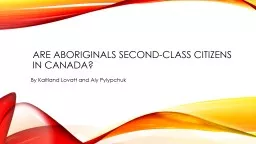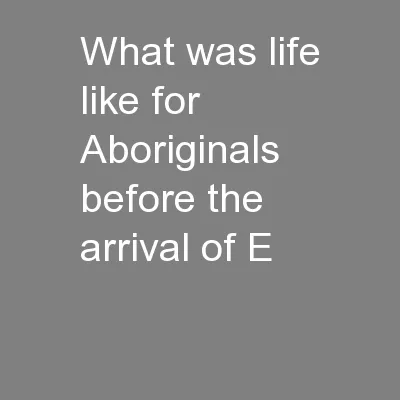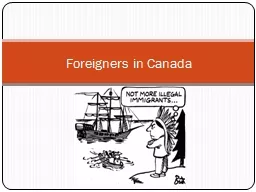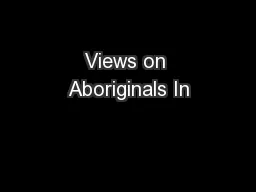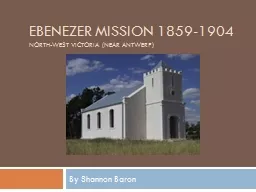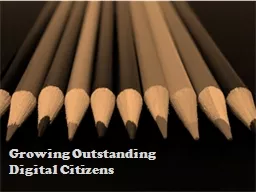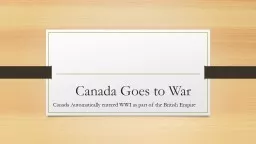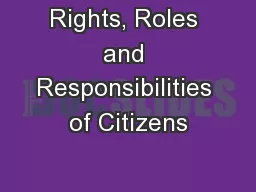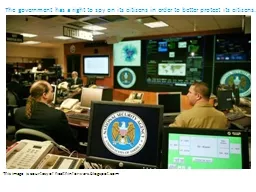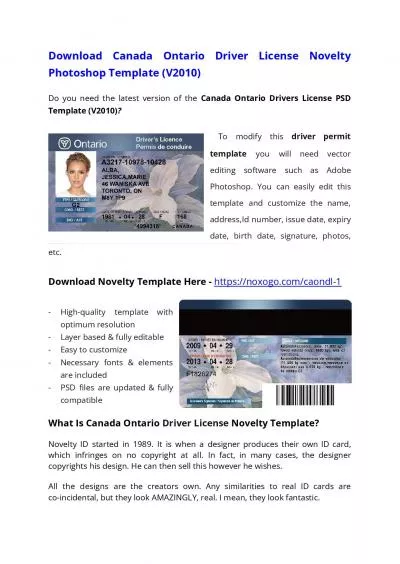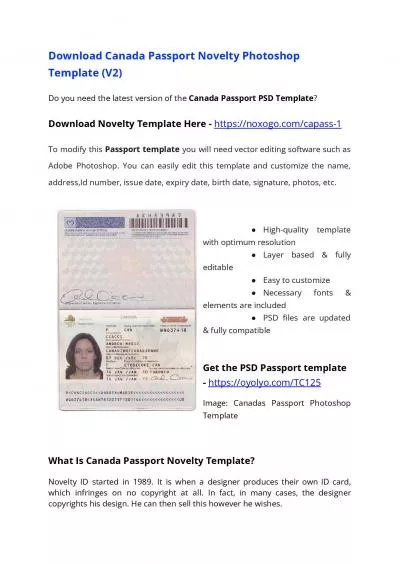PPT-Are aboriginals second-class citizens in Canada?
Author : lois-ondreau | Published Date : 2018-12-26
By Aly pylypchuk and Kaitland lovatt Thesis Aboriginals were definitely treated as secondclass citizens and only now are things becoming fair for them Some people
Presentation Embed Code
Download Presentation
Download Presentation The PPT/PDF document "Are aboriginals second-class citizens in..." is the property of its rightful owner. Permission is granted to download and print the materials on this website for personal, non-commercial use only, and to display it on your personal computer provided you do not modify the materials and that you retain all copyright notices contained in the materials. By downloading content from our website, you accept the terms of this agreement.
Are aboriginals second-class citizens in Canada?: Transcript
Download Rules Of Document
"Are aboriginals second-class citizens in Canada?"The content belongs to its owner. You may download and print it for personal use, without modification, and keep all copyright notices. By downloading, you agree to these terms.
Related Documents

